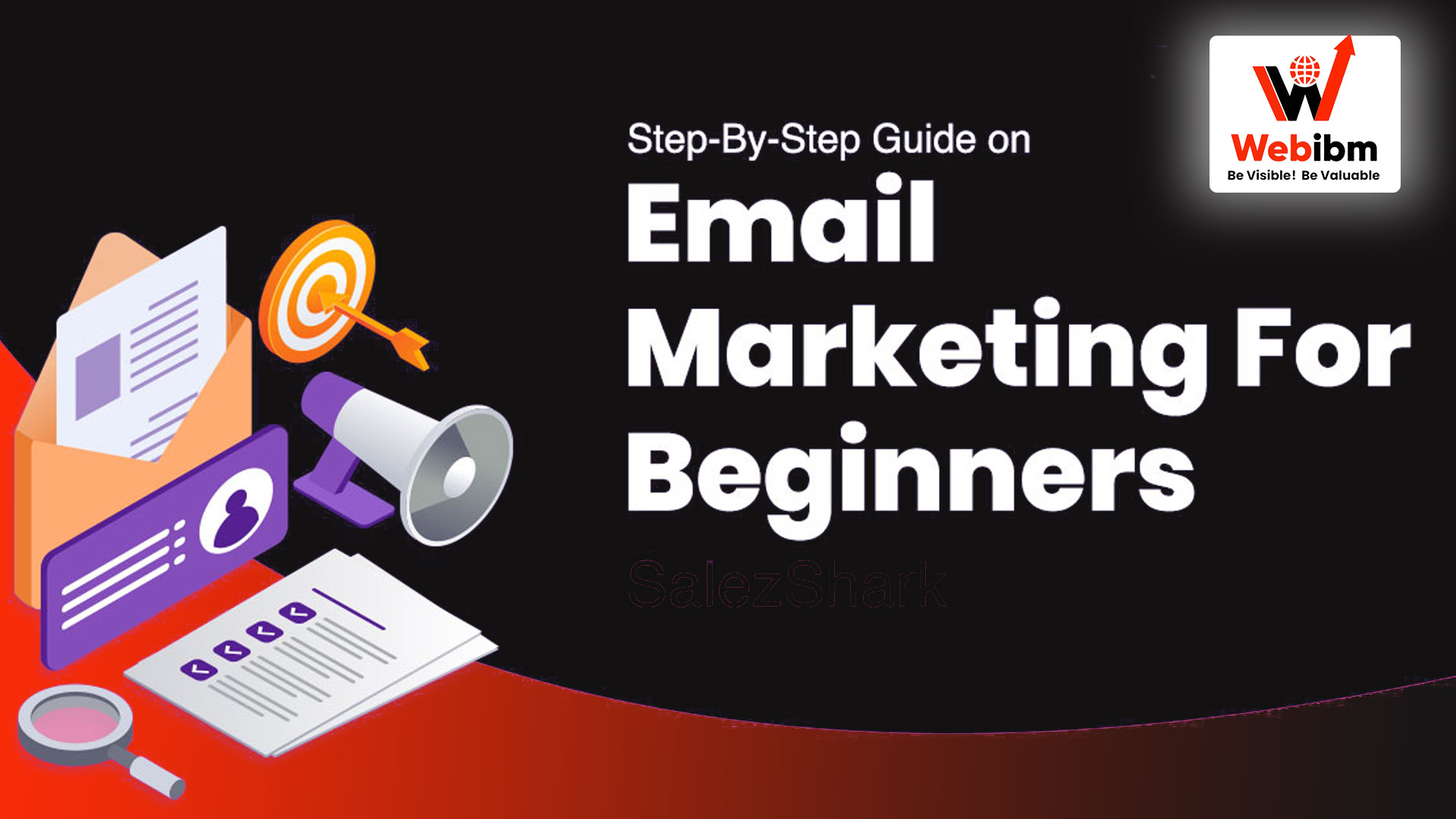In today's digital world, email marketing remains one of the most effective ways to connect with your audience, build relationships, and drive sales. Whether you're a small business owner or just starting your digital marketing journey, understanding the basics of email marketing is crucial.
What Is Email Marketing?
Email marketing involves sending emails to a list of contacts to promote products, share updates, or build relationships. It's a direct line to your audience, allowing you to communicate messages that matter to them.
Why Is Email Marketing Important?
- High ROI: For every $1 spent on email marketing, the average return is $42.
- Direct Communication: Reach your audience directly in their inbox, where they're most likely to engage.
- Personalization: Tailor your messages to individual preferences, increasing relevance and engagement.
- Automation: Set up automated campaigns to nurture leads and save time.
Getting Started with Email Marketing
1. Build a Quality Email List
Your email list is the foundation of your email marketing efforts. Focus on growing a list of engaged subscribers who are interested in your content or products. Here are some strategies to build your list:
- Offer Incentives: Provide valuable resources like eBooks, checklists, or discounts in exchange for email sign-ups.
- Use Sign-Up Forms: Place sign-up forms prominently on your website, blog, and social media profiles.
- Host Webinars or Events: Collect emails during registrations for events or webinars.
2. Choose the Right Email Marketing Platform
Selecting the right email marketing platform is essential for managing your campaigns effectively. Look for platforms that offer:
- Ease of Use: User-friendly interfaces and drag-and-drop editors.
- Automation Features: Ability to set up automated workflows and sequences.
- Analytics: Detailed reports on open rates, click-through rates, and conversions.
- Segmentation: Tools to segment your audience based on behavior, demographics, or engagement.
3. Create Engaging Content
The content of your emails should be valuable, relevant, and engaging. Consider the following tips:
- Personalize Your Emails: Use the recipient's name and tailor content to their interests.
- Craft Compelling Subject Lines: Your subject line should grab attention and entice the reader to open the email.
- Provide Value: Share useful information, tips, or exclusive offers that benefit your audience.
- Include Clear Calls to Action (CTAs): Guide your readers on what to do next, whether it's making a purchase, reading a blog post, or signing up for a webinar.
4. Segment Your Audience
Not all subscribers are the same. Segmenting your email list allows you to send targeted messages to specific groups. Common segmentation criteria include:
- Demographics: Age, location, gender.
- Behavior: Purchase history, website activity, email engagement.
- Preferences: Product interests, content preferences.
Segmentation helps increase relevance, leading to higher engagement and conversions.
5. Test and Optimize Your Campaigns
Continuous improvement is key to successful email marketing. Regularly test different elements of your emails to see what works best. Focus on:
- Subject Lines: Test variations to see which ones lead to higher open rates.
- Email Copy: Experiment with different messaging styles and tones.
- Design: Test layouts, colors, and images to see what resonates with your audience.
- CTAs: Try different calls to action to see which ones drive more clicks.
Use A/B testing to compare two versions of an email and determine which performs better.
6. Monitor Your Metrics
Tracking key metrics helps you understand the effectiveness of your campaigns. Important metrics to monitor include:
- Open Rate: The percentage of recipients who open your email.
- Click-Through Rate (CTR): The percentage of recipients who click on a link within your email.
- Conversion Rate: The percentage of recipients who take the desired action, such as making a purchase.
- Bounce Rate: The percentage of emails that couldn't be delivered.
- Unsubscribe Rate: The percentage of recipients who opt out of your email list.
Regularly reviewing these metrics allows you to make data-driven decisions and improve future campaigns.
Best Practices for Effective Email Marketing
- Maintain Consistency: Send emails at regular intervals to stay top of mind without overwhelming your subscribers.
- Optimize for Mobile: Ensure your emails are mobile-friendly, as many users check emails on their phones.
- Respect Privacy: Always obtain consent before sending marketing emails and provide an easy way for subscribers to opt out.
- Comply with Regulations: Familiarize yourself with email marketing laws and regulations, such as the CAN-SPAM Act or GDPR, depending on your location.
Common Mistakes to Avoid
- Buying Email Lists: Purchased lists often contain unengaged or irrelevant contacts, leading to poor performance and potential legal issues.
- Neglecting Mobile Users: Failing to optimize emails for mobile devices can result in a poor user experience and lost opportunities.
- Overloading with Content: Sending emails that are too long or packed with information can overwhelm recipients and lead to disengagement.
- Ignoring Analytics: Not tracking and analyzing email performance means missing out on valuable insights for improvement.
Conclusion
Email marketing is a powerful tool that, when used correctly, can yield significant results for your business. By building a quality email list, choosing the right platform, creating engaging content, segmenting your audience, testing your campaigns, and monitoring your metrics, you can develop an effective email marketing strategy that drives growth and fosters lasting relationships with your audience.
Remember, the key to successful email marketing lies in providing value to your subscribers and continuously optimizing your approach based on data and feedback.

